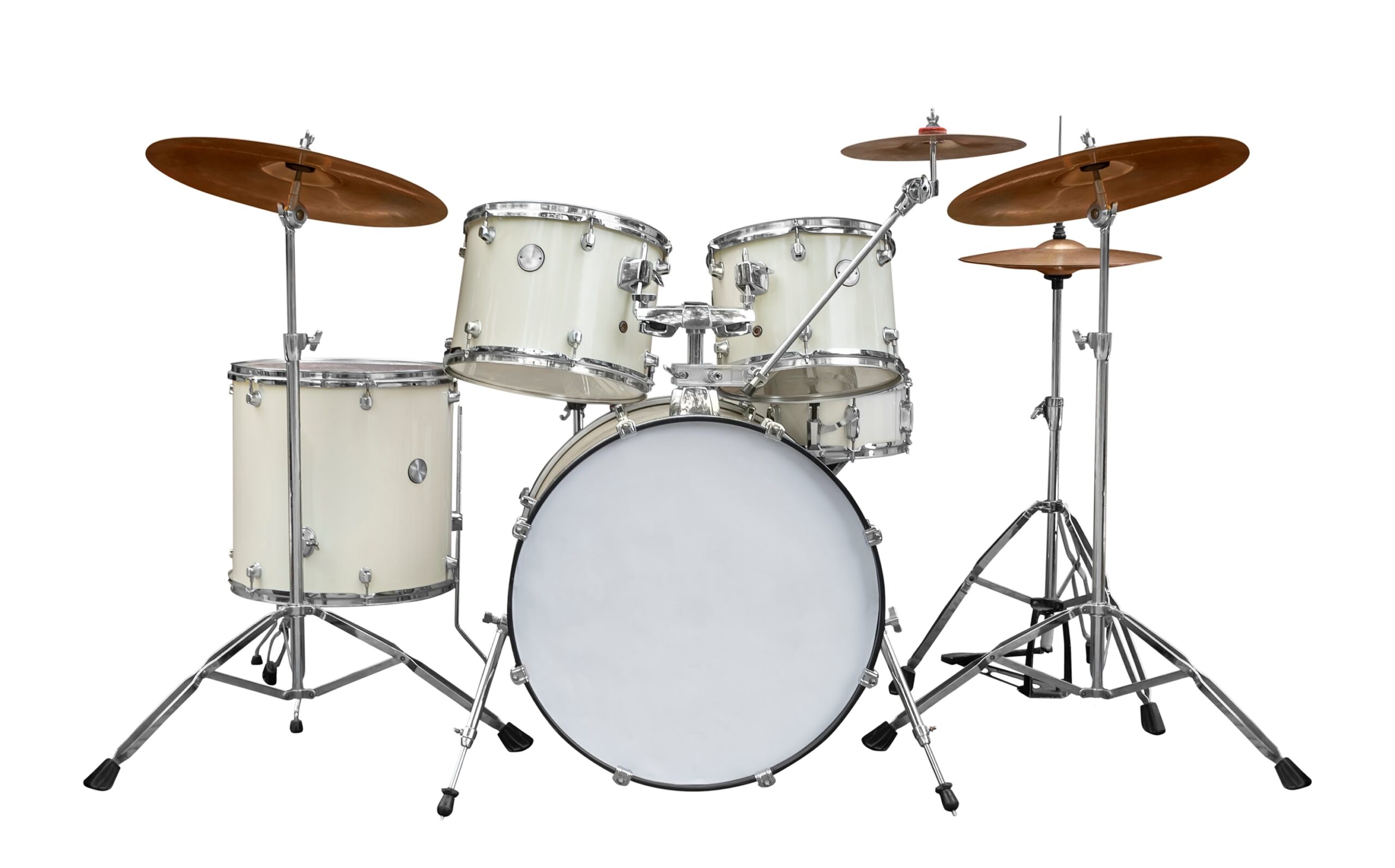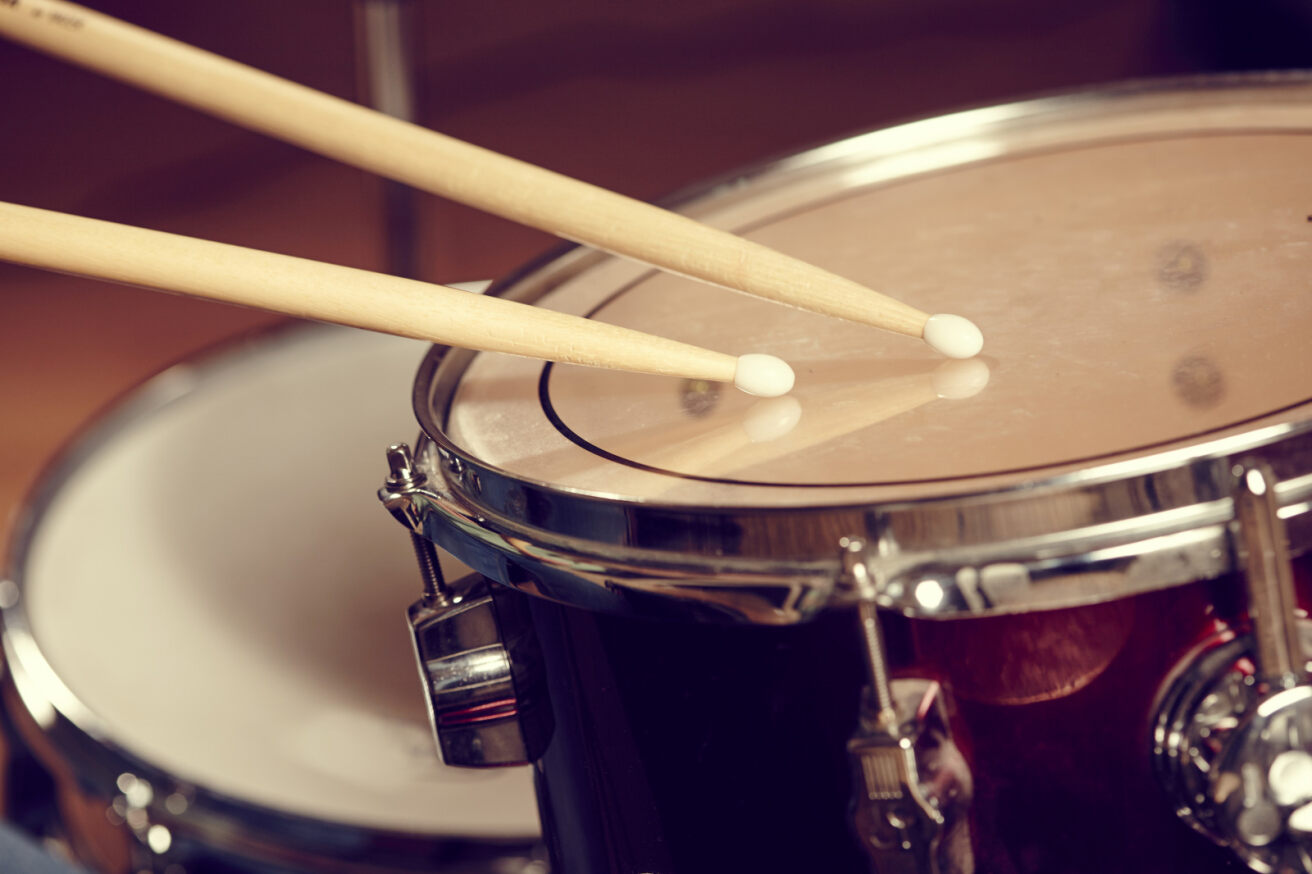March 19, 2017
How to Extend the Life of Your Cymbals


Although cymbals can last for over a decade with proper care and maintenance, they’re among the more delicate percussion instruments. Treating your cymbals with care, including setting them up properly and keeping them protected, can reduce the risk of damage and extend the life of your cymbals. Maintenance is often a matter of technique, and at the end of the day, how well you take care of your cymbals is up to you. From checking your cymbal stands every single time that you play to keeping your cymbals in a case when you aren’t playing, here are a few ways you can help your cymbals last a lot longer.
Play the Right Cymbals
Every cymbal has its own set of strengths and limitations, and many drummers accidentally damage their cymbals by playing the wrong way. For example, some drummers hit smaller or thinner cymbals harder than they should be in order to get a bigger sound. Instead of damaging thin cymbals by playing them too hard, purchase bigger and heavier cymbals that are intended to produce a louder sound. Also, be sure to keep an open mind about acoustics. Sometimes, the best way to be heard isn’t to hit the cymbals harder and harder, but to instead choose a brighter sounding cymbal. Whether you opt for low pitch or high pitch cymbals, make sure they’re the best choice for whatever environment you plan on playing in. Your drum teacher or a helpful Music & Arts representative should be able to help you find the right cymbals for your playing style.
Prepare Your Stands
As a musician, learning how to prepare your instrument for play is just as important as learning how to play it. Your drum teacher should be able to walk you through the basics of cymbal stands and stand preparation, but here’s some basic info. Every cymbal stand should have a few basic things, including a nylon or plastic tube over the center rod so the metal of the stand doesn’t damage the cymbal, a supporting metal washer that holds the cymbal at the proper level, a felt pad at the top of the cymbal, and a wing nut that isn’t tightened down too tightly. When it comes to purchasing felt, make sure you match the felt to the size of the cymbal. For example, use smaller felt for splashes and hi-hats, and reserve the larger ones for bigger cymbals.


Know How to Play Crash Cymbals
Since crash cymbals are hit with the most force, they’re usually the most susceptible to damage. However, there are still ways to prevent damage to your crash cymbals. First, avoid hitting the edge directly. One way to tell if you’re doing this is to keep an eye on your sticks. If your sticks are being eaten up quickly, this could be the result of repeatedly hitting the sticks against the edge of your crash cymbals. If you’d like to incorporate an edge hit into your playing, you can minimize the shock by using a quick strike and withdrawal, much like snapping a towel or touching something hot and instinctively pulling away. Next, use sweep strokes when drumming. Not only does this movement deliver the best sound and protect your cymbals, but it can help improve your playing technique, too.
Choose the Right Cleaner
If you choose to clean your cymbals with cleansing agents, make sure you’re selecting the right cleaning solution for your cymbals. The first thing you need to do is find out if you have cast or stamped cymbals. You might not think this is important, but it is. Here’s why: cast cymbals are usually manufactured in such a way so that they shine by themselves, whereas stamped cymbals get their shine from a layer of lacquer over the metal. For this reason, each type of cymbal requires a different type of cleaning solution. Regardless, make sure you’re cleaning your cymbals in such a way where the cleaning agents cannot “attack” the cymbal in concentrated form. Clean one section at a time, and do not allow the cleanser to sit on the cymbal for an extended period of time. If you let the cleanser sit, it could remove the lacquer from stamped cymbals or directly damage the metal of cast cymbals.
Keep Your Cymbals Protected
As with other instruments, you should place your cymbals in a protective case when not in use. Once your cymbals are off the stands, they’re in danger of being knocked over, damaged, and broken. In order to prevent your cymbals from being damaged by your other gear or being stepped on by one of your band members, always place them directly into a quality cymbal bag or hard-shell cymbal case. When transporting more than one cymbal in a cymbal case, use dividers to prevent metal-on-metal contact. If you don’t have dividers handy, pieces of cloth, old rags, or the original plastic bags the cymbals came in are good temporary options. If you’re transporting and storing different sized cymbals, store them in such a way where the smaller cymbals nest in the larger ones.


Allow Your Cymbals to Vibrate
Since vibration is what creates a cymbal’s sound, it’s important not to over-tighten the wing nut when you set your kit up. At the end of the day, all you need is enough pressure to hold the cymbal in place, nothing more and nothing less. If you tighten the wing nut too much, the cymbal isn’t free to move and you’ll be subjecting it to the stress of the stick. Not only does this muffle the sound, but over time, it can cause racks to appear. If you notice racks forming either from the base of the bell or inward from the edge, you’ve probably tightened your wing nut too tight and your cymbals don’t have the room they need to vibrate. For advice on how tight your wing nut should be, speak with your drum teacher or a qualified repair technician for more information.







